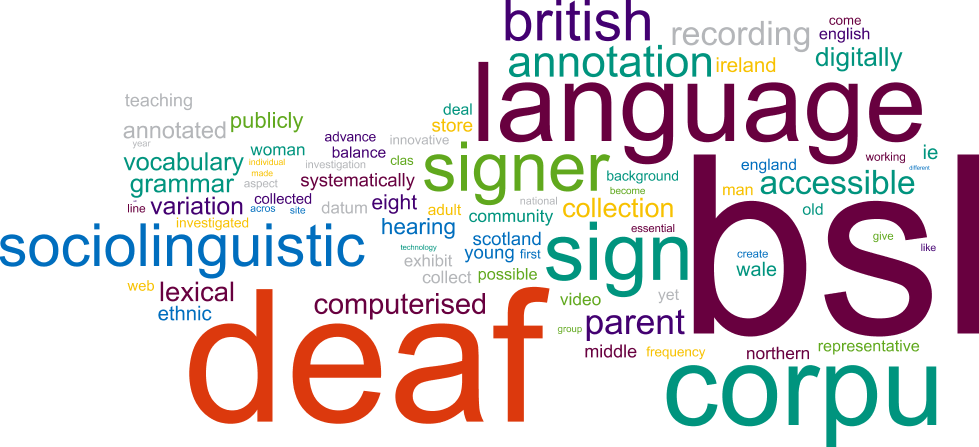Laayoune, Morocco
Recent calls for educational reforms have continuously suggested that classroom practices can be best changed and improved through Teacher Professional Development (TPD). Long-time in-service teachers surely know a lot about teaching. Yet, with the upsurge of the interest in raising the standards of teacher instructional performance and promoting quality education, teachers are required to know and learn more. In addition to this, the vast political, socio-economic and technological changes that the world is currently undertaking virtually made TPD a professional obligation. TPD is a very new concept. Taking a bird’s eye at the literature, one can clearly notice that almost most of studies on TPD date back three decades. It is a very important issue that has overly sparked the interest of so many educators and researchers. In the current article, the primary objective is to provide a short account of TPD, its importance, questions to consider during the planning phase, and TPD opportunities.
At the very outset, it is very integral to be au fait that the scope, from which the issue is talked over, is limited. TPD is basically defined as an ongoing process through which professional developers help teachers gain more knowledge and skills in a specific field. It also means a systematic constant process in which individual teachers are trying to continuously educate themselves to eventually craft their teaching practices. It is the second conception that actually underlies this article where TPD is seen as the ongoing teacher-taken initiatives to seize every possible instant for the sake of further improvement.
TPD is of paramount importance because it leads to several results, inter alia, 1) rapid personal growth, 2) enhancing technical use of teaching materials, 3) boosting students’ learning, 4) improving the quality of instruction, 5) contributing to teachers’ overall knowledge, 6) mastering the subject in-depth, 7) understanding the need of integrating information-communication technology, 8) establishing a culture of collaboration, and 9) gaining continuous feedback from others.
For TPD to take place, teachers, whether they are in groups or individuals, should develop a professional development plan that consists of three major phases, namely: planning, implementation and evaluation. The purpose of a professional development plan is to specifically identify the areas needed for further improvement and growth. Teachers who undertake TPD are sometimes bombarded with several questions such as the following: 1) What kind of learning goals should be targeted? 2) Will time be available for TPD? 3) How can one know that TPD was successful? 4) What can be done to make the learning practical?
With regard to the first question, it is generally assumed that learning goals should be circumscribed to the areas that are critical in the workplace. They should target the weaknesses or inadequacies that are viably deterrent to effective classroom practices. Learning goals should also be SMART (specific, measurable, attainable, realistic and timely).
With respect to the second question, time is a crucial aspect and largely affects the quality of TPD. It is very important to devote enough time to render the learning goals feasible. Time is always available if it is taken into account during the first phase: planning. Teachers need to proactively carve out the time necessary for meaningful TPD. The latter should be planned in advance. Priorities should be highlighted and goals should be categorized (long, medium and short-term). Activities that target the learning goals should be identified and timely scheduled.
As regards the third question, the evaluation phase is critical to determine the extent to which the objectives of a particular TPD plan have been achieved. Evaluation can be either formative or summative. The choice of which type to employ is dependent on the purpose. Formative evaluation is an ongoing process that seeks to improve the quality of TPD. It requires discussion and feedback from others to direct and monitor the whole process. This type of evaluation directs teachers’ decision making and informs TPD. Summative evaluation, au contraire, renders participants well-informed of the results of their TPD. It can be achieved through the use of criteria-based checklists or rubrics designed in advance.
As far as the last question is concerned, there are many opportunities that can enhance TPD and which may include attending and participating in seminars, conferences and workshops, reading or publishing in journals, attending demo lessons, regular peer- and group discussions, sharing sessions, peer-observation, action research and professional language communities (PLC). An indispensible aspect of TPD is collaboration. The latter exerts an overwhelming effect on any actual learning plan. The constructivist perspective, which has informed educational practice for several decades, showed that learning, in general, is constructed through social interaction where individuals exchange and share learnings in a supportive way. Collaboration with others is worth-while. It allows teachers to give and receive feedback and also offer on-the-ground insights that can ultimately be used for future improvements.
Unfortunately, while a number of teachers take regular initiatives, exceptionally plan and work incredibly hard to advance their practices, others are taking the backseat and are waiting for….Godotǃ. TPD allows a huge opportunity to employ innovative approaches to language teaching and learning and insulates teachers from the Simon-says approach that cancel the role of creativity.
It is my personal conception that meaningful TPD requires a personal and an institutional change. At the personal level, teachers should change their perceptions about TPD. One way to render this to happen is through the overwhelming desire to change the routine-driven instruction and swing the pendulum from pedagogical inertia towards practices that are more captivating and appealing. At the institutional level, a collective vision is needed. A community where teachers barely discuss their instructional practices, materials, share innovative learning and teaching activities is not very likely to affect teacher development. Therefore, principled collaboration is needed to enable the continua of TPD.
Overall, TPD plays an important role in promoting effective teaching. It also contributes to teachers’ personal growth which any professional context demands. However, successful TPD requires participants to display a wide range of characteristics, such as commitment, persistence, inquisitiveness, perseverance and willingness to learn more.


